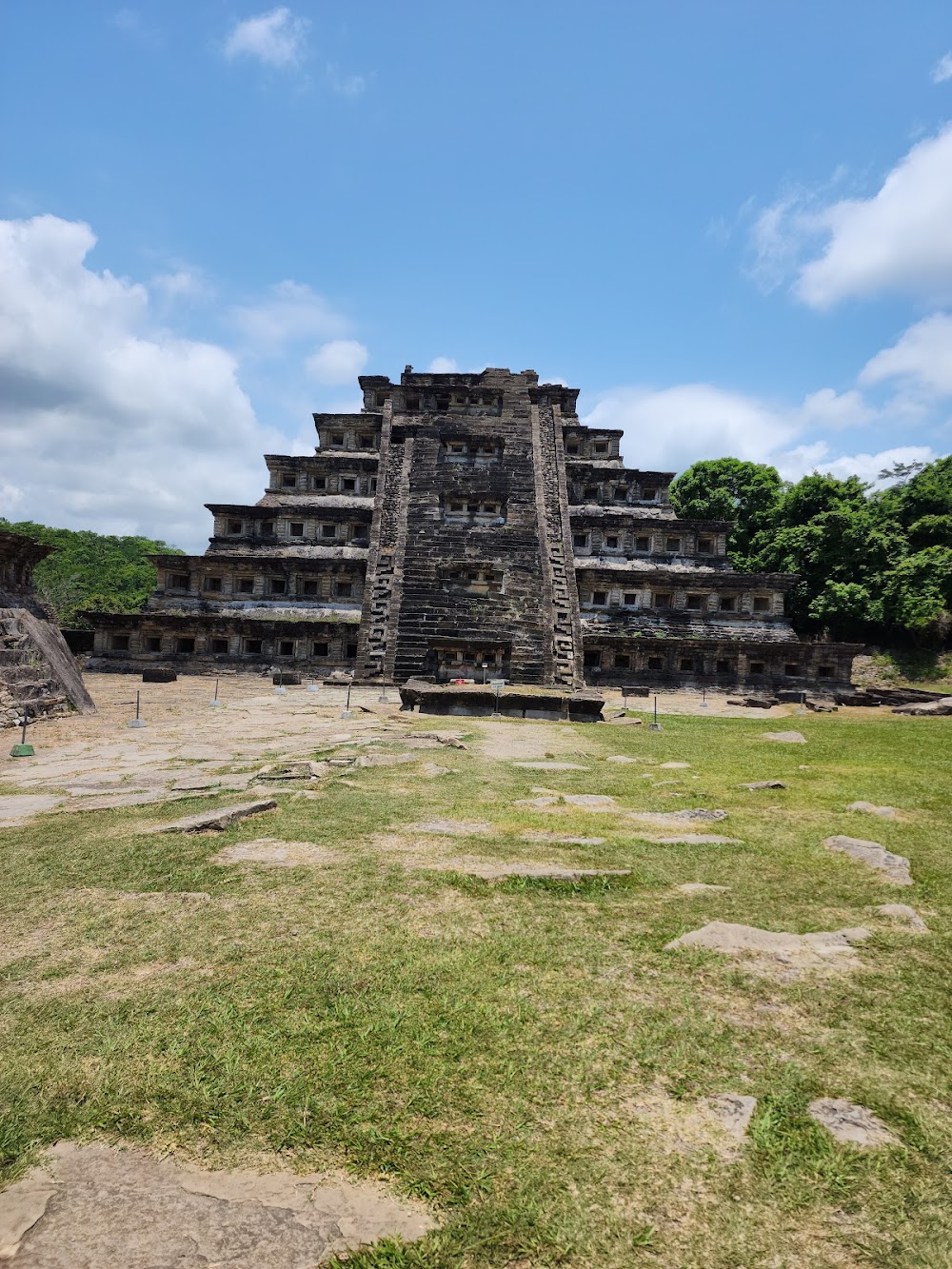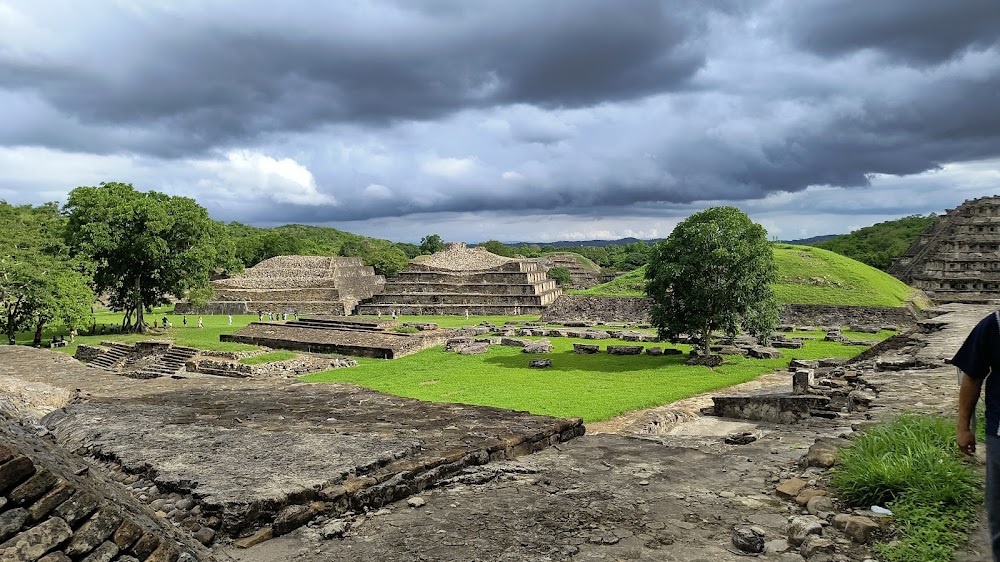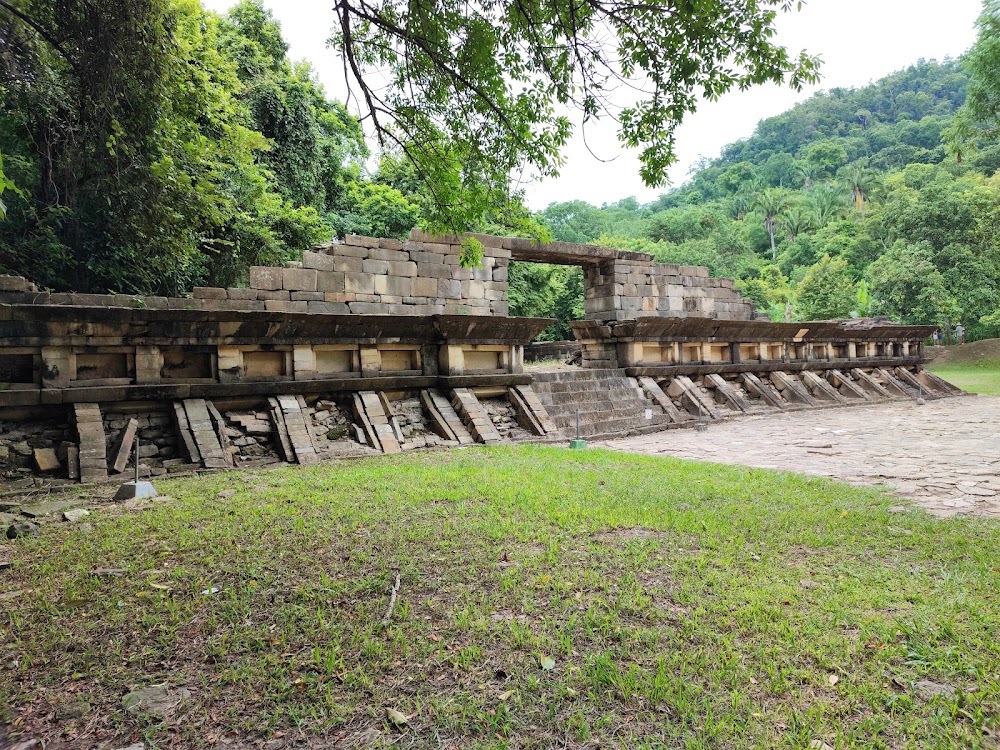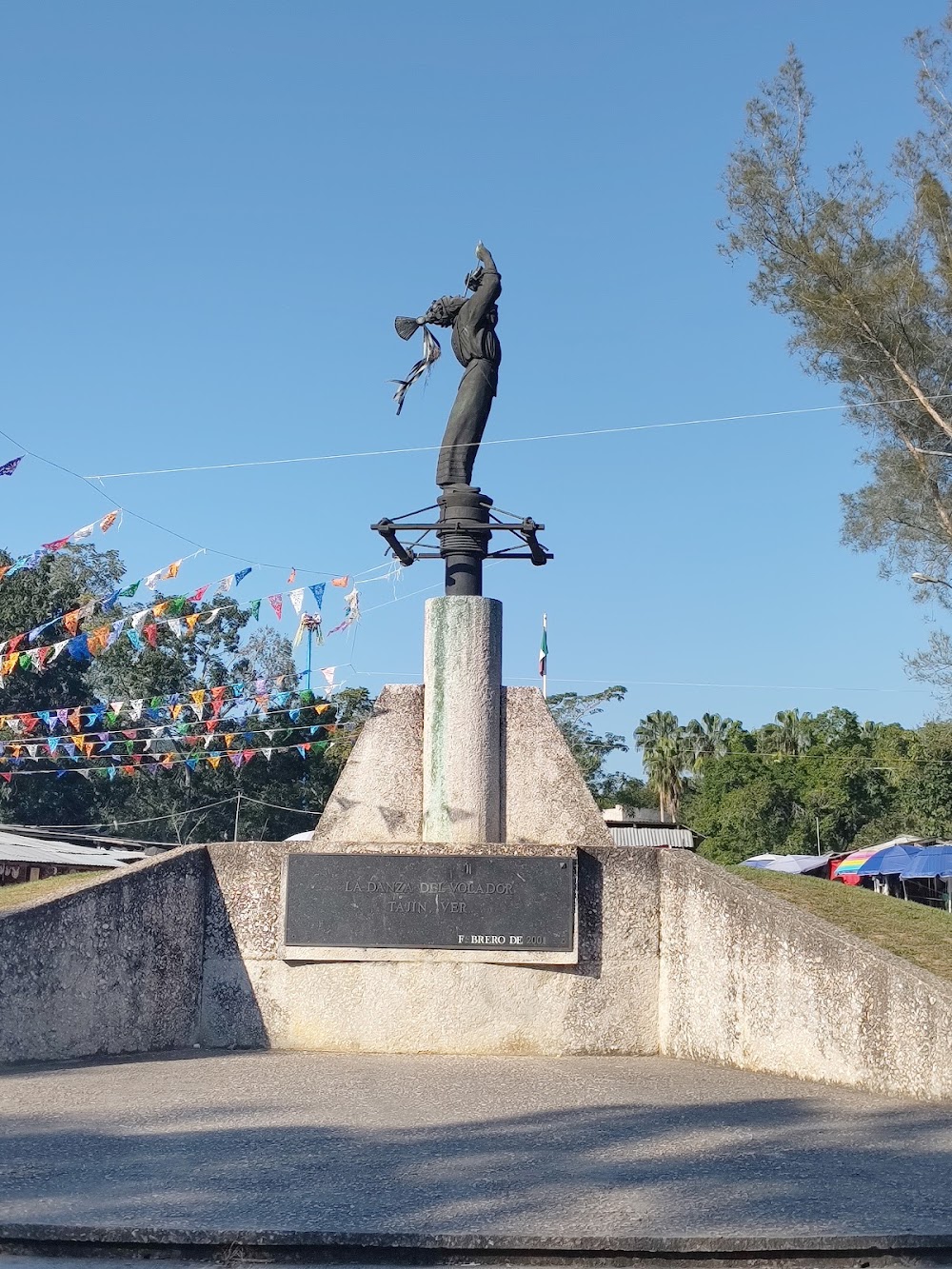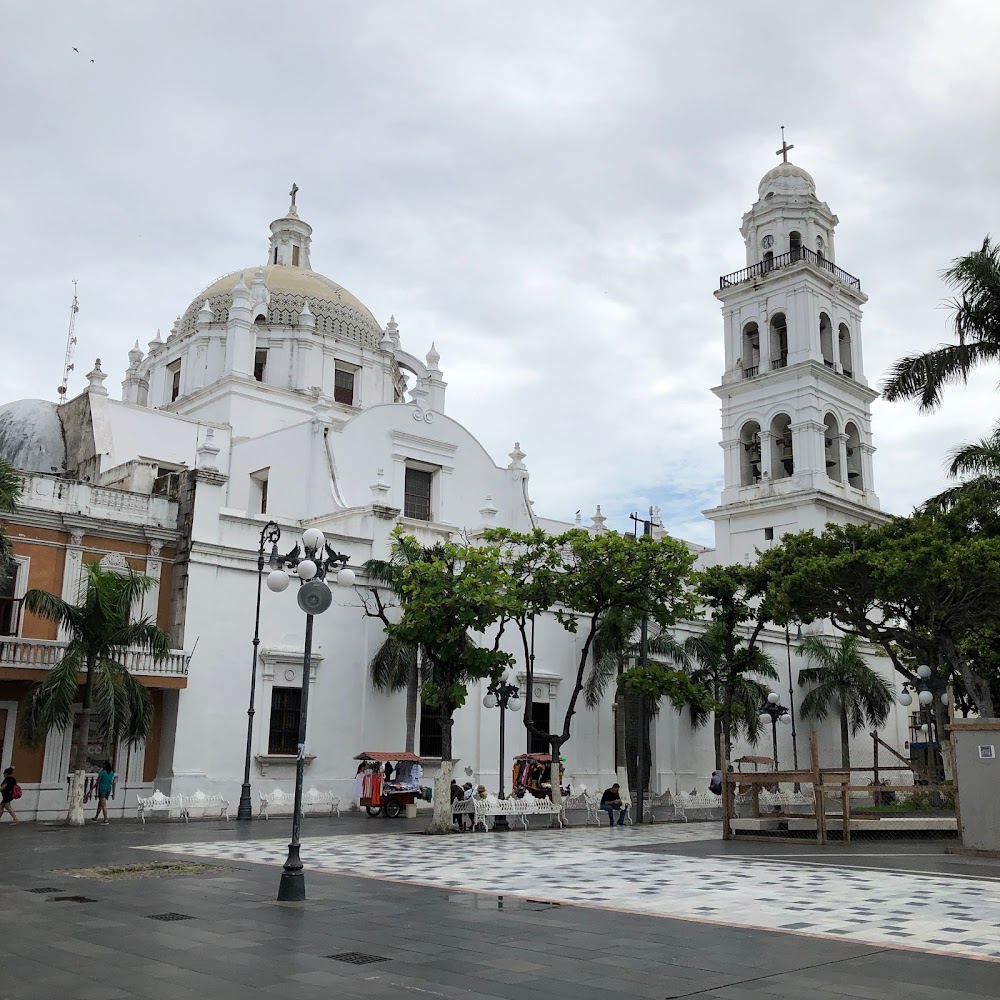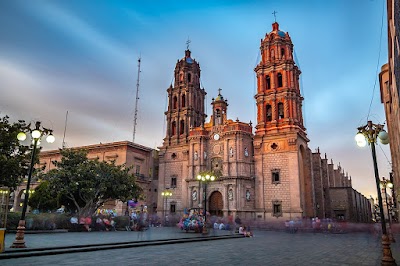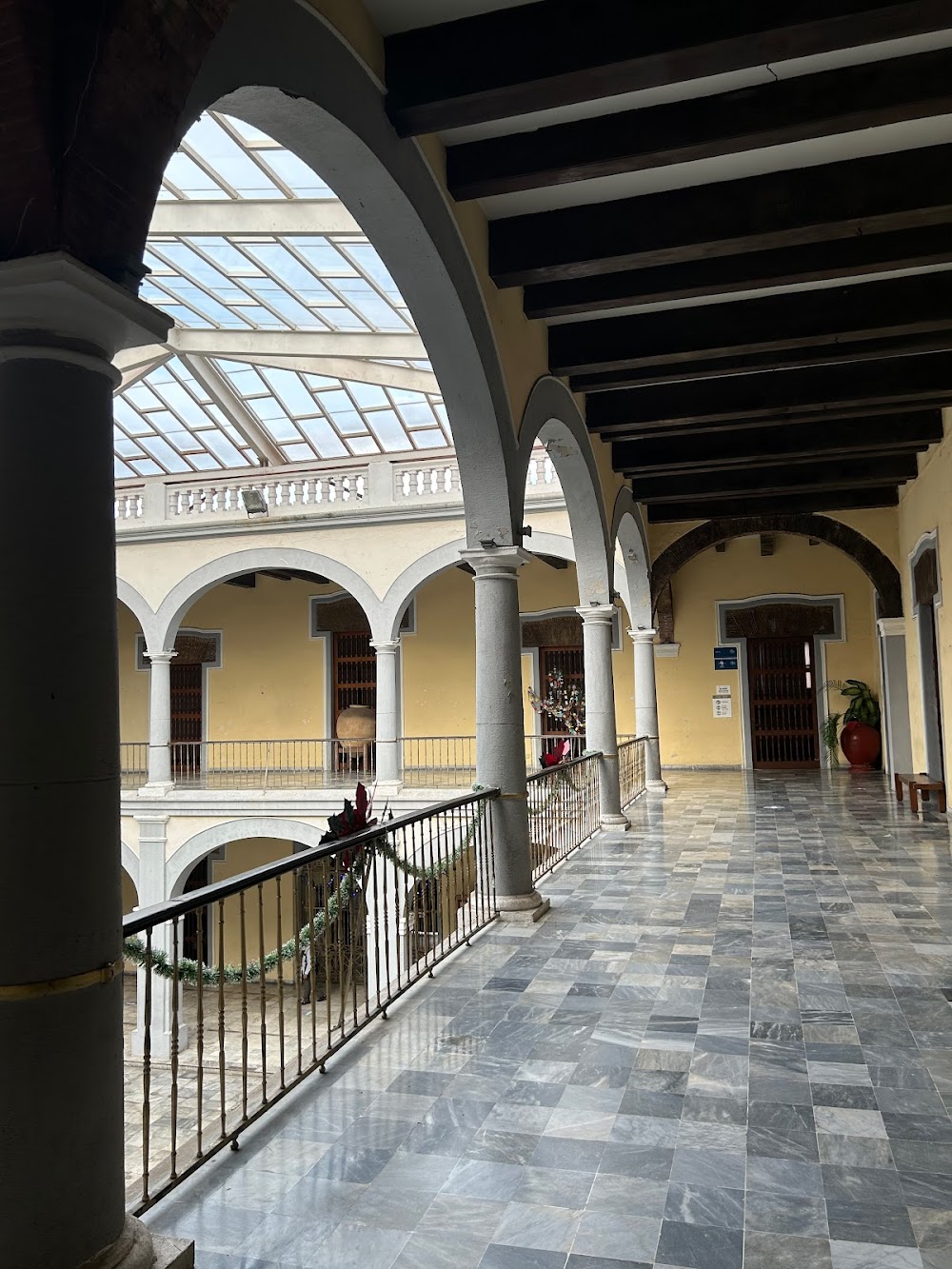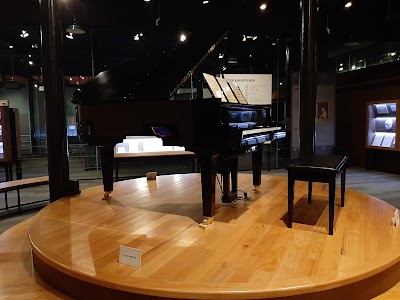Tajin Archaeological Zone (Zona Arqueológica El Tajín)
Overview
El Tajín is a magnificent ancient city located in the state of Veracruz de Ignacio de la Llave, Mexico. This archaeological zone stands as one of the most significant ruins of pre-Columbian Mexico, renowned for its extraordinary architecture and historical importance.
The Name and Origins
The name 'El Tajín' translates to 'thunder' or 'lightning' in the Totonac language, reflecting the culture of the area's original inhabitants. Archaeologists estimate that El Tajín was founded around AD 600, reaching its zenith between AD 800 and 1200. It is believed to have served as a political and ceremonial center, playing a crucial role in the flourishing Totonac civilization.
The Pyramid of the Niches
One of the most iconic structures at El Tajín is the Pyramid of the Niches. Distinguished by its unique design, this pyramid features 365 niches—one for each day of the year—symbolizing the deep connection between the civilization and their calendar system. Standing approximately 20 meters high and constructed from precisely cut stones without the use of mortar, it showcases the advanced engineering skills of the Totonacs.
Mesoamerican Ballgame
El Tajín also boasts a series of ball courts that highlight a significant aspect of Mesoamerican culture: the Mesoamerican ballgame. This sport, deeply rooted in ritualistic practice, was often linked to celestial movements and agricultural cycles. The northern and southern ball courts at El Tajín are among the best-preserved examples, featuring elaborate stone carvings that depict scenes of the game and ritual sacrifices.
Construction Techniques
The city’s construction utilized local limestone and other materials readily available in the area. Builders employed a combination of carved stone blocks and clay mortar to create durable structures, while advanced drainage systems were integrated to manage the region's heavy rainfall. Evidence of these remarkable engineering solutions can still be seen in the remaining channels and aqueducts.
Artistic Expressions
Another explorer's delight at El Tajín is the South Ballcourt, adorned with intricate bas-reliefs that vividly capture various deities and dynamic figures engaged in ephemeral activities. Scholars believe these carvings may narrate mythological events, historical accounts, or celestial phenomena, providing a fascinating glimpse into the beliefs of the Totonac civilization.
Cultural Significance
The significance of El Tajín extends beyond its architectural marvels; the well-preserved murals and friezes at the site offer invaluable insights into the religious beliefs, social organization, and daily lives of the Totonacs. Some murals depict complex ceremonies and propitiatory events that were integral to the civilization's harmony and prosperity.
The Decline and Rediscovery
The decline of El Tajín began around the late 12th century, likely due to a combination of internal conflicts, resource depletion, and external pressures. By the time the Spanish arrived in the early 16th century, the city had been abandoned. However, its legacy endures through its remarkable constructions and the echoes of its cultural heritage.
The site was rediscovered in modern times in the late 18th century, and archaeological research has continued ever since. In 1992, El Tajín was designated as a UNESCO World Heritage Site, recognizing its global cultural significance. Today, it is a popular destination for tourists and researchers alike, offering a captivating glimpse into the rich history and ingenuity of the Totonac civilization.


